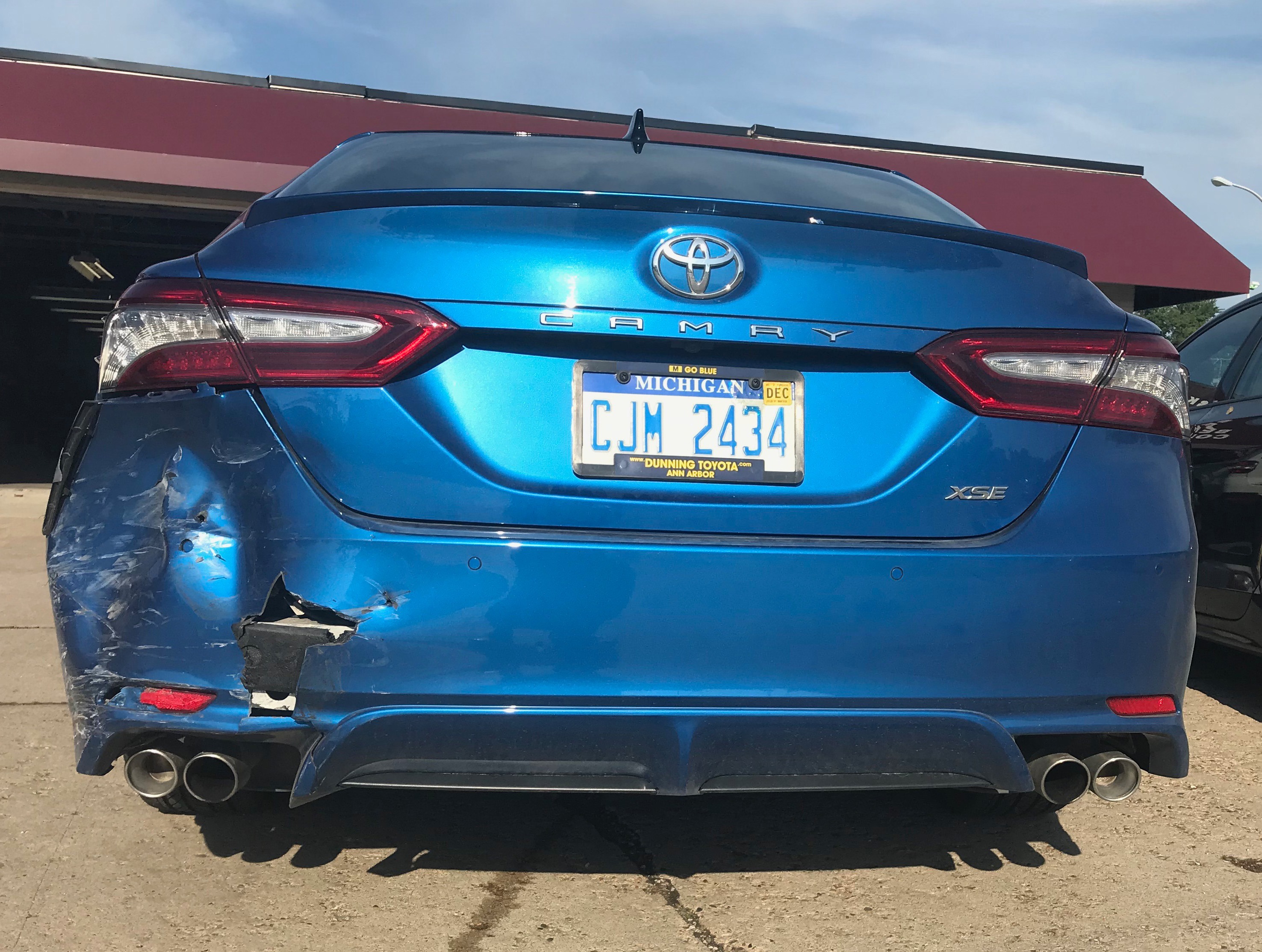.8 and under is a reasonable time if you're sitting on the starting line focused on anticipating a light to change. On the road, with all the other stimuli, by the time your brain perceives a light has changed and you react to it and move your foot from gas to brake is a second and a half, on average under ideal conditions. Half the population is slower.
 www.visualexpert.com
www.visualexpert.com
Driver Reaction Time
Expert witness for accidents involving human error in vision, perception and attention: highway,legibility, lighting, warnings, interfaces, etc. Intellectual property disputes where visual similarity is at issue.
 www.visualexpert.com
www.visualexpert.com





















